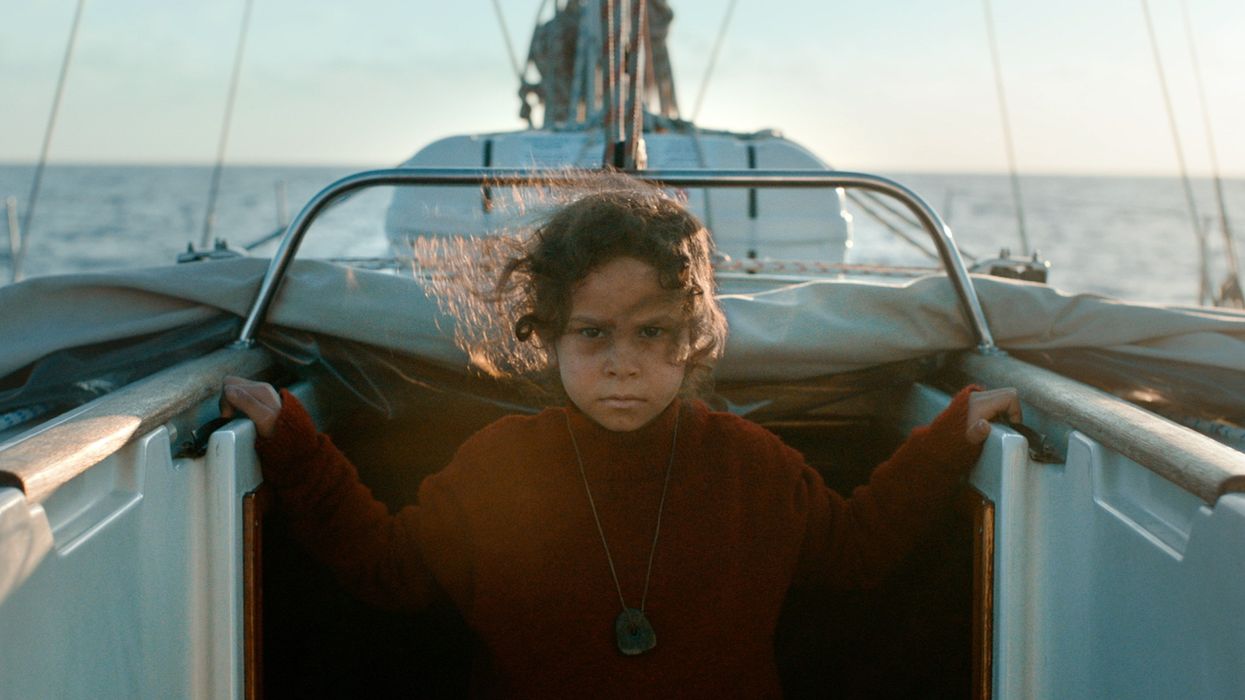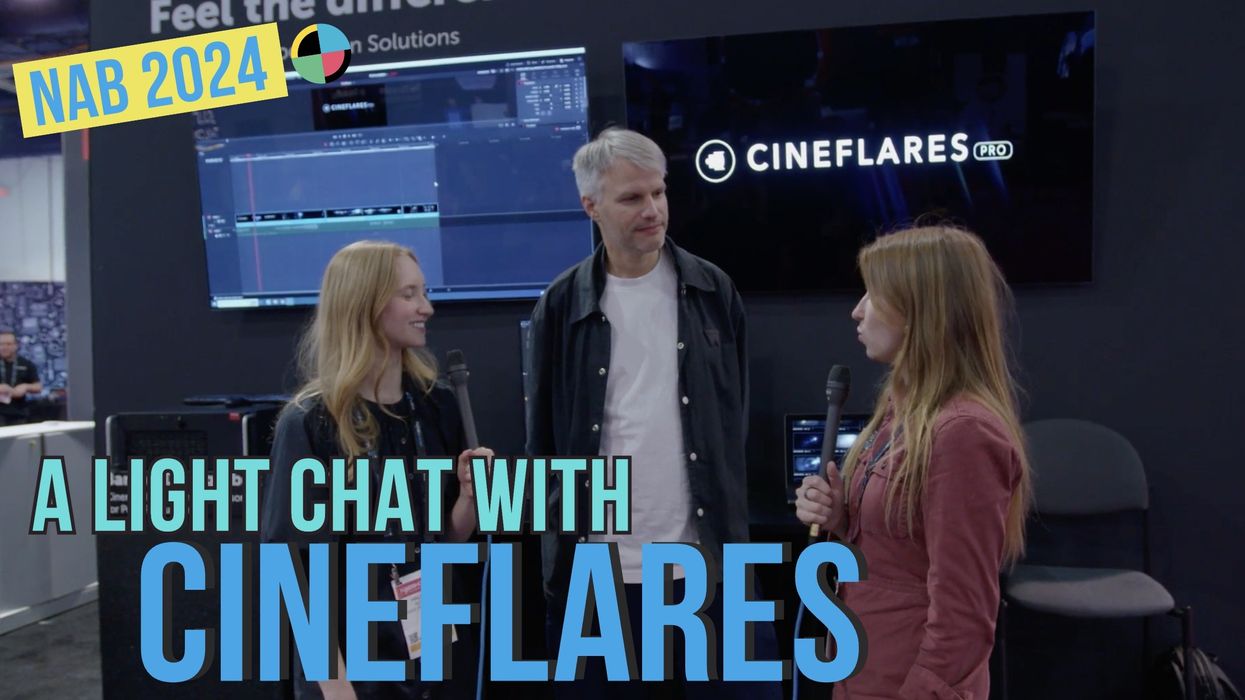12 Tips from the Shortlisted Directors for the 2017 Oscars Live Action Shorts
Learn what worked for these award-winning directors on their journeys to make their short films.

This year's Academy Awards category for Live Action Shorts was brutally competitive with 137 films in the running. In November, preliminary judging paired that number down to just 10. And in February, those 10 films will be competing for America's highest film honor (except for maybe a compliment from Meryl Streep).
The Oscars may seem like an untouchable event for many indie feature filmmakers—with its spotlight on majors and celebrity appearances—but the shorts categories are different. Every year, unknown filmmakers make immeasurable leaps in their careers by qualifying for the Academy Award shorts categories. In the midst of a decadent, bejeweled affair, these categories are a refreshing reminder that it is possible to get there, that Hollywood dreams still come true.
Year after year, the Live Action Shorts category is the exception to so much Oscars criticism. Classically, the chosen films cover heartfelt topics, big and small, and give voice to the outspoken and oppressed from all over the globe. This year is no different.
No Film School reached out to these shortlisted directors for some insight on making a short that goes all the way to Hollywood. Here is some of their best advice.
1. Set rules for your screenwriting
Juanjo Giménez, Timecode: "We made some basic rules during the writing of the script: use the minimum amount of dialogue, or none at all; Don't fall into the trap of clichés or the common place; Try to make sure that the viewer does not anticipate what's happening next. We discussed the risks of using stereotypes, and we tried to build the script around this idea. These rules helped us in the writing and pre-production process."
2. Keep it simple
Kristof Deák, Mindenki(Sing): "To me, the greatest lesson was not to give in to the temptation of cramming every idea into the film - keep the story small and simple but focused, be aware of all its different layers, shape the small details to enhance those layers of meaning. Make sure you create an atmosphere, guide the visual aspects and direct performances so that each of these elements add to the depth of the film without adding to its length."
3. Tenacity will get you most of the way
Oualid Mouaness, The Rifle, The Jackal, The Wolf And The Boy: "I learned to have even more tenacity than I thought possible. Mostly that means that you have be prepared to do it yourself. Stick to the gut feeling that made you write the story and want to make the film. It makes every word, frame, element in frame count."
4. Find your perfect mix of professional and guerrilla
Lluis Quilez, Graffiti: "A crew of ten members, including the actor, went to Pripyat. We stayed there for 6 days, the first one scouting and then shooting all the exteriors, the rooftops and few interiors. It was a tough and intense shooting, with no artificial lighting and no logistic support, but with a Red Epic camera and anamorphic lenses. It was the perfect mix between a professional shooting and a "guerrilla" attitude, since all of us handled many tasks."
5. Rehearse & restructure as needed
Sélim Azzazi, Ennemis Intérieurs (Enemies Within): "I took my time both during the writing process and rehearsals. We rehearsed for 2 weeks as we would for a play; we started with readings, then explored the text and discussed it. We allowed ourselves to search and try new things as needed. I carefully listened to the actors' problems and did my best to solve them. At a certain point, I started filming the rehearsals and looked for the "découpage." The shot list came out of observing what was going on between the actors during rehearsal, and not the other way around."
6. Strive for authenticity
Marc Raymond Wilkins, Bon Voyage:"It was utterly important for me to work with Syrian actors, as I wanted an honest credibility to this production. A film about Swiss sailors and Syrian refugees should be created in a collaboration between Swiss and Syrian filmmakers. And so I was very happy to have found Jay Abdo and Amal Omran, refugees from Damascus, to play the lead characters on the refugee-side.
The shoot was challenging. As authenticity played a very important role in my creative concept, we shot all scenes offshore in Antalya, off the Turkish coast. In the first days many people became very seasick. But as everybody was very much behind the story, we managed to shoot all the planned scenes each day, between vomiting and tears. I was so impressed and proud of my crew. After a few days everyone found their sealegs and we became a serious Navy SEAL's crew."
7. Anything is possible if you spend enough time preparing
Marc Fouchard, The Way of Tea: "I'm the kind of director who becomes a maniac when it come to preparing a movie. I made a fully-detailed photographic storyboard. I extensively exchanged with the staff and the actors, prior to the shoot. I meticulously prepared all the technical details and I did so because I wanted to dedicate as much time as possible to the actors, once we were on the set. So with this kind of preparation, I avoided most of the problems, and everything went pretty well. I learned "all is possible" if you believe in your story and you put your energy into making films! I want to tell emerging filmmakers that a short-film 100% self-financed by friends, family and a small production company can make its way to the top 10 list of the Oscar. It's possible, it's a lot of work, a lot of energy spent, but it's possible and it's worth it!"
8. Take your time casting
Kristof Deák: "We knew we would need amazing child actors to carry this film on their shoulders, so we spent a lot of time and effort finding them. In the end, what they (Dorka Gáspárfalvi and Dorottya Hais) brought to the film surpassed my expectations - most of the praise the film gets goes to their amazingly natural, engaging performances, but what most people don't realize is just how much these kids also contributed to the details of the story."
9. Work with people who know more than you
Timo von Gunten, La Femme et le TGV: "One of the most important steps was putting a fabulous team together. I chose people very selectively - preferably more experienced film professionals than myself, so the aspect of learning never gets lost. We had a crew spanning from 17 years to 71, with me being 25. As one of the main themes in the film is about generations, this certainly fit the project."
"We had a crew spanning from 17 years to 71."
10. Back up!
Juanjo Giménez: "The short was edited in Final Cut Pro X. During one of the sessions the RAID got corrupted, and we had to retrieve all the clips from a backup. Fortunately, FCPX makes copies of the library on the system hard disk, and that saved us from losing many days of editing work. Thank goodness during the shooting we made double backups of everything. So if I have something that I want to share with the emerging filmmakers is: make backups of everything."
11. Indulge in a story you (and the team) really love
Timo von Gunten: "Our exciting and wonderful journey of making LA FEMME ET LE TGV started two years ago, when I read a charming story in the newspaper—the intriguing headline of the tabloid read: 'The woman is no longer waving'—about a lady who waved at the passing TGV train. And then, one day she finds a peculiar letter in her garden that reveals a message from one of the TGV train drivers. Out of this unfolds a beautiful relationship between the two...
"You have to feel like you're married to the idea and protect it until your last breath."
"This story inspired me so much that I contacted the lady and she eventually, after first having to convince her about myself being a filmmaker, invited me to her house. There, she told me everything about her life and soon after I began writing the screenplay.
"I learned that it's very important to indulge in stories one really loves. You have to feel like you're married with to idea and protect it until your last breath. I believe that having put so much love and energy from the entire team in it has pushed us where we are today. I'm a director who puts extreme value on the spirit of work ethics. If the shoot is no fun, you're doing something wrong."
12. A great film starts with a great script
And of course, the piece of advice we heard most frequently, is one you've probably heard a few times yourself. Jimmy Keyrouz, director of Nocturne in Black, said it best: "Having a good screenplay is the key to success."
We're looking forward to the nominations tomorrow, and expect to see great work from all of these filmmakers in the years to come.
Featured image: 'Bon Voyage', directed by Marc Raymond Wilkins, cinematography by A. Burak Turan.












